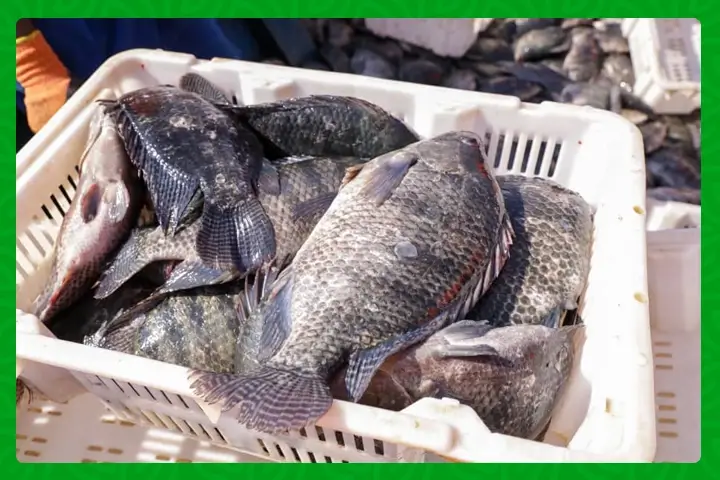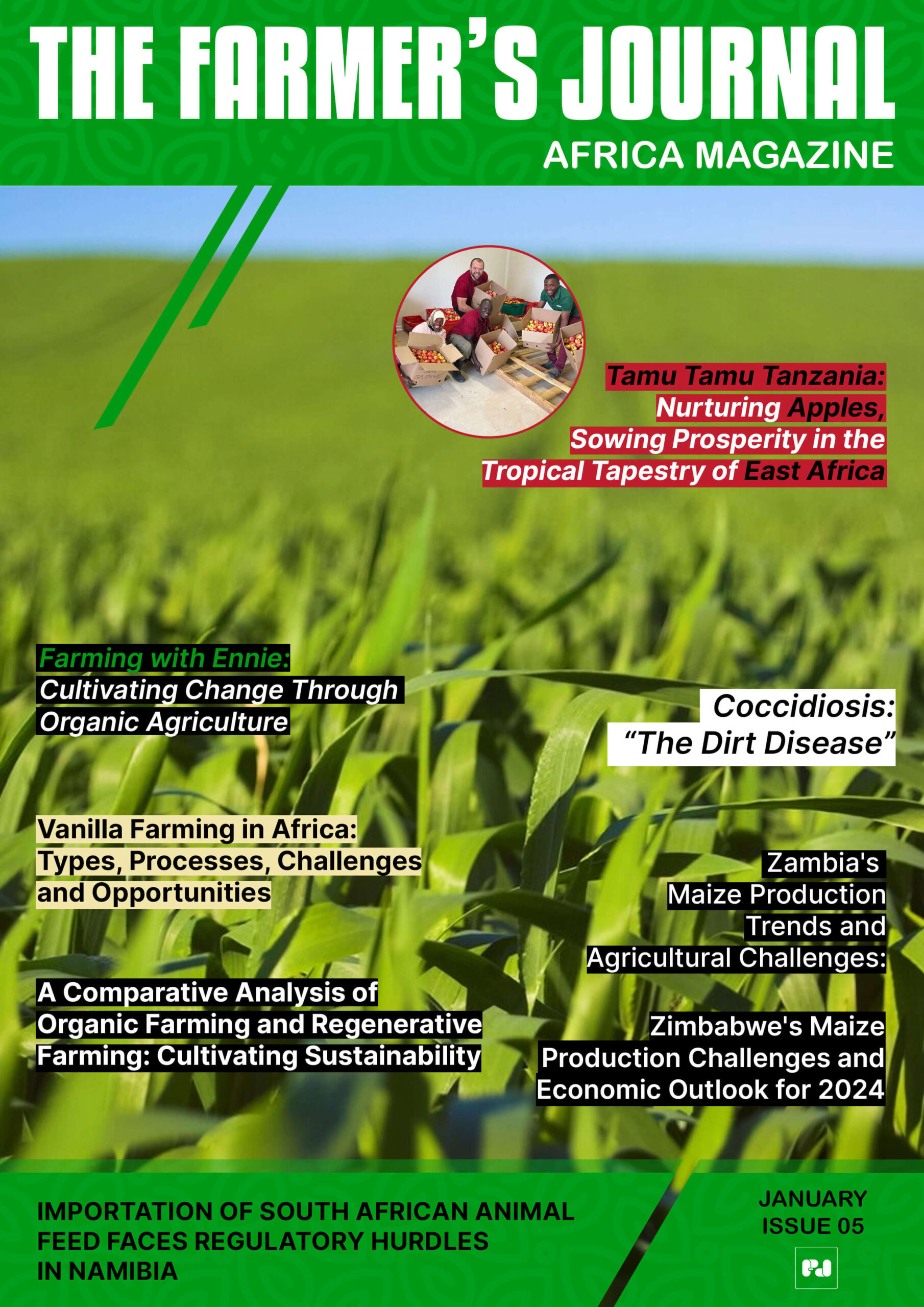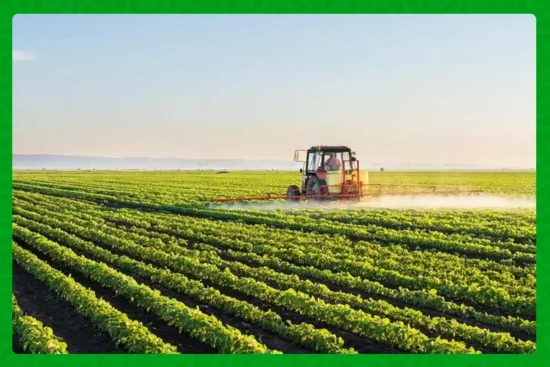
Morocco has the sea and a clear appetite for fish, but turning waves into fillets at scale is proving harder than expected. Aquaculture output climbed from under 500 tonnes in 2013 to 3,644 tonnes in 2024, a welcome gain but still a tiny fraction of an estimated 300,000 tonne yearly capacity. That gap helps explain why local processors and consumers worry that demand will soon outstrip supply unless expansion accelerates and the system gets fixed.
This is not only a numbers story. It is about fishermen who watch sardine nets come up emptier each season, about canneries that need raw material to keep workers employed, and about young people in coastal towns asking whether the sea can offer stable work. The stakes are high. A recent strategic review by the World Bank frames aquaculture as an engine for job creation and sustainable growth if policy and investment align.
Why growth is stuck
At first glance, Morocco looks well positioned. It has scientific institutions, a national agency for aquaculture, regulators for food safety, and a ministry that can steer finance. In reality, overlapping mandates, fragmented decision-making and lengthy permit processes create a maze for investors. The World Bank study highlights bureaucracy and coordination failures as major barriers that slow approvals and discourage private capital. Projects often stall while stakeholders negotiate land use, tourism priorities, fishing zones and environmental conservation.
On the ground the problems multiply. There are too few hatcheries to supply juvenile fish, an underdeveloped feed industry and weak cold chain and processing infrastructure. Feed can account for up to 80 percent of production costs in aquaculture, so the lack of local high quality feed suppliers drives up costs and increases dependence on imports. Without hatcheries, feed mills and reliable refrigeration, farms cannot scale and investors cannot underwrite big projects with confidence.
Rising demand and falling wild catches create urgency
Demand for seafood in Morocco is growing fast. At the same time, wild catches are under pressure. Sardine landings, a backbone of the small pelagic sector, dropped sharply from 965,000 tonnes in 2022 to 525,000 tonnes in 2024, a decline industry representatives link to overfishing and illegal practices. That fall exposes the vulnerability of a system that still relies heavily on wild fish for processing and local consumption. Scaling aquaculture is therefore not a nice-to-have; it is a practical necessity for food security and industrial stability.
Where investments could make a difference
The World Bank and sector stakeholders point to clear, actionable fixes. Simplifying and digitizing permit systems would speed approvals. Strengthening regional institutions could decentralize decision-making so projects are approved and managed closer to the coast. Public-private partnerships could help build critical infrastructure without requiring the government to carry the full burden of investment.
Feed is a strategic choke point. Encouraging domestic production of feed and updating rules to allow alternative proteins such as processed animal protein and insect meal, including black soldier fly products, could dramatically cut input costs. Supporting local hatcheries and cold-chain investments would reduce mortality, preserve quality and increase the value that reaches markets. These are the kinds of systemic changes that turn pilot farms into a resilient industry.
Progress and promise, and a reality check
There are signs of momentum. More than 300 projects are on paper, and 183 farms are reported to be operational, backed by a handful of private investors. Those farms and projects are expected to raise annual output substantially and create thousands of direct and indirect jobs if they reach their targets. Yet even with dozens of projects, current production remains a fraction of potential, and many ventures face long waits for full permissions, financing or the technical inputs they need.
To turn that promise into reality policymakers, investors and communities will need to act on two fronts at once. First, remove administrative barriers and create a one stop shop for approvals and zoning so that entrepreneurs can move faster. Second, invest in the backbone of the industry: hatcheries, feed production, processing and cold chain. That combination would make farms bankable and protect coastal fishing communities from shocks when wild stocks falter.
Who stands to gain
If Morocco captures more of its aquaculture potential, the benefits would be broad. Coastal towns would gain regular jobs and year-round activity rather than seasonal surges. Canneries and processors would see steadier supply, reducing boom and bust cycles that hurt workers. Consumers would gain more stable access to seafood without putting extra pressure on wild populations. And the blue economy could attract climate smart finance such as blue bonds, credits for nutrient or carbon reductions, and other blended instruments that reward sustainability.
A cautious optimism
The route ahead is not automatic or risk free. Expanding aquaculture needs careful site selection to avoid conflicts with tourism and conservation, robust environmental safeguards to prevent escapes and pollution, and inclusive planning so small scale fishers are not pushed out. But Morocco has the tools to succeed: science institutions, an emerging private sector, and growing policy attention to the blue economy. With coordinated reform and targeted investments, the sector can grow from a niche activity into a strategic pillar for jobs and food security.
If Morocco can make the administrative apparatus move as quickly as the tide, aquaculture could stop being a promise on paper and start putting fish on plates, incomes in pockets and long term resilience into coastal communities.
Stay updated with the latest farming tips and agriculture industry news from Africa by subscribing to our newsletter. Don’t miss out on valuable insights and updates. Follow us on Twitter, LinkedIn, and Facebook to join our farming community and stay connected with us.


















